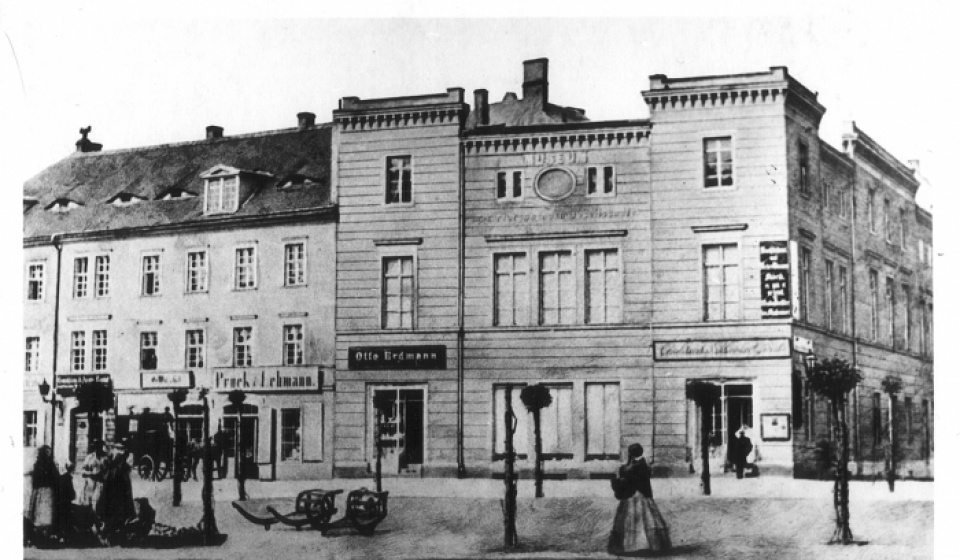Research
History
The roots of the Senckenberg Museum of Natural History Görlitz go back to the year 1811, when the “Ornithological Society of Görlitz” was founded. , However, the range of interests of the members expanded quickly. Thus, the society changed its name to “Naturalist Society at Görlitz in 1823. Already in 1827 the first volume of its own journal was published, the “Abhandlungen und Berichte der Naturforschenden Gesellschaft zu Görlitz” (Proceedings of the Natural History Society at Gorlitz) which is still published today as a scientific journal “SOIL ORGANISMS”. After the end of the 2nd World War the society was liquidated by the new administration. The museum was for a short period assigned to the City of Görlitz. In 1953 it became a national reseach institute within the frame of the State Secretariat for the universities and technical education in the GDR. Following the reunification of Germany, the museum received in February 1991 the status of a State Museum of the Free State of Saxony and since 1 January 2009, it is a department of Senckenberg, and thus a member od the Leibniz-Gemeinschaft (Science Association Gottfried Wilhelm Leibniz (WGL).
Collections
The Museum has extensive scientific collections with a total of over 6.5 million objects [as of 2009] from soil zoology, zoology, botany, geology and palaeozoology. This collection documents the development of living beings in space and time and make an archive of the animate and inanimate nature. The collections are used by scientists from all over the world scientists for taxonomic, morphological, ecological, and molecular biological research.
Research
The research focus of the museum lies on soil zoology. Since the late 1950s, scientists study soil organisms, their ecological demands, and their contribution to the maintenance of soil functions. Further research focuses on predatory mammals, slugs, ants, fossils, minerals, vascular plants, fungi and lichens. The geographical focus of research lies in the Palaearctic, which is the cold part of Eurasia. The museum has a scientific library with about 137 000 existing units [as of 2009]. The museum is the editor of four scientific journals: Soil Organisms, Peckiana, Acari, and the Synopses on Palaearctic Collembola.
Visit our research department!
German: https://www.senckenberg.de/institute/senckenberg-museum-fuer-naturkunde-goerlitz/
English: https://www.senckenberg.de/en/institutes/museum-of-natural-history-goerlitz/
